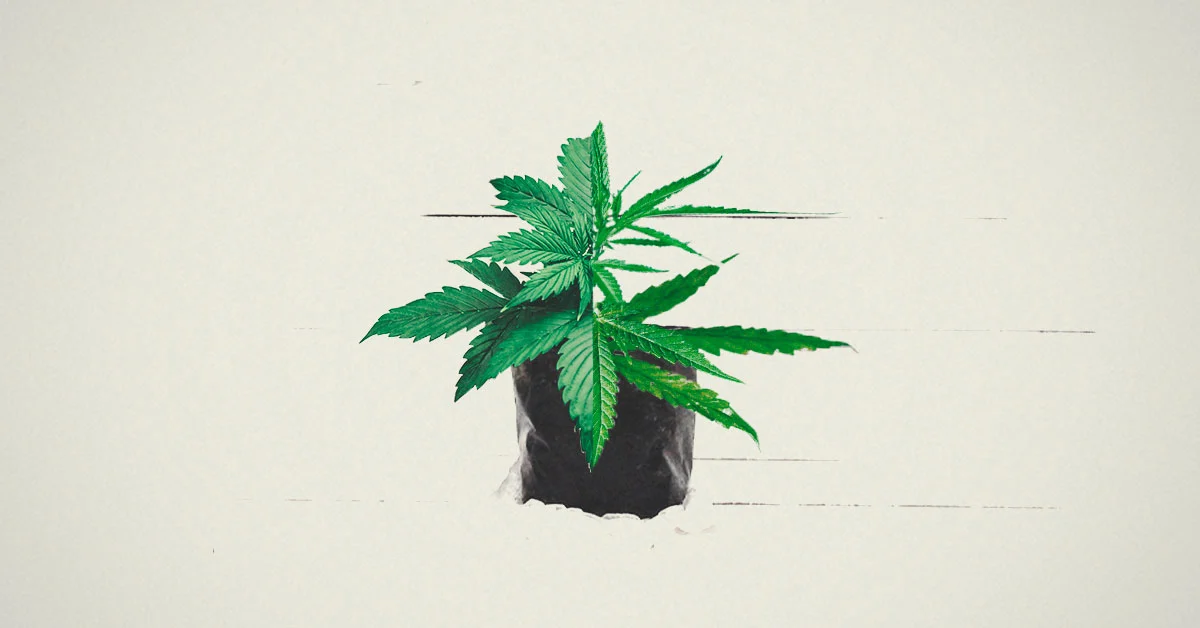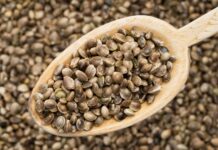In recent years, the world of cannabis cultivation has dramatically shifted from being an underground operation to an art form appreciated by many. Craft cannabis production, the artisanal methodology of nurturing bespoke strains, ensures an unparalleled level of quality, flavor, and potency. The nuances of this craft are not merely for the consumer’s experience but also stand testament to the dedication of growers to their trade. As the discerning cannabis consumer becomes more prevalent, the appeal of premium strains grows exponentially.
The Importance of Premium Strains
Mirroring the ascent of craft breweries and gourmet artisanal foods, premium cannabis strains have found their unique space in the consumer market. Modern users seek more than just a high; they crave unique flavors, potent therapeutic effects, and a purity of experience that only premium strains can offer. The allure of these strains is not just in their heightened sensory experiences but also in their therapeutic potential, making them preferred choices for both recreational and medicinal users. Beyond this enriched consumer experience, the cultivation of these top-tier strains is economically enticing.
Understanding Cannabis Genetics

Diving deep into the heart of what makes a cannabis strain ‘premium’, one cannot overlook the paramount importance of genetics. It’s the genetic blueprint that dictates everything from a plant’s resistance against diseases to its unique flavor nuances and potency. When talking about cannabis genetics, we enter a world of phenotypes and genotypes. Phenotypes represent the plant’s observable characteristics, like its height or color. In contrast, genotypes encompass the genetic information passed down through generations. It’s fascinating to consider that two plants while sharing the same genetic code (genotype), can exhibit distinct appearances or traits (phenotypes) due to varying environmental influences.
Selecting the Right Genetics
The art of creating a legendary signature cannabis strain often starts with a choice—choosing the right parent strains for crossbreeding. This is where intuition melds with science. An exhaustive phase of research and testing is foundational. Here, breeders scout for strains that exhibit specific sought-after characteristics. This could range from resilience against pests, a quick flowering time, or even a particular flavor note that’s desired. It’s important to remember the cannabis spectrum is vast, encompassing three primary categories: indica (often associated with relaxing effects), sativa (which provides an energizing kick), and hybrids (which bring the best of both worlds).
Soil Preparation and Nutrients
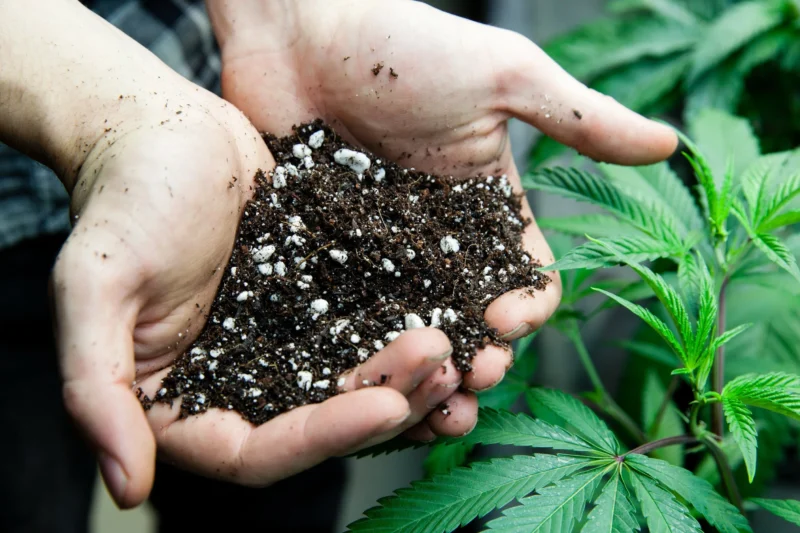
When it comes to nurturing unparalleled cannabis, the importance of the medium it grows in cannot be overstated. Superior cannabis unequivocally demands top-notch soil. The quality of soil plays a pivotal role, influencing not just the plant’s overall health, but also the essence of the final product. While synthetic nutrients can bolster growth and are sometimes favored for their predictability, organic nutrients often result in a more complex, richer flavor profile that many connoisseurs swear by. The process of preparing the ideal soil is a delicate balance act, entailing the right pH levels, optimal moisture, and a meticulously curated nutrient profile.
Indoor vs. Outdoor Cultivation
In the realm of cannabis cultivation, the debate between indoor and outdoor growing methods is as age-old as the crop itself. Each approach has its unique set of advantages and challenges. Indoor cultivation provides a controlled environment, where every aspect, from lighting to humidity, is under the grower’s purview. This controlled setting can lead to consistent, high-quality yields and allows for year-round cultivation, irrespective of external climatic conditions. On the other hand, outdoor cultivation harnesses the power of natural sunlight, a factor that many argue results in a more vibrant flavor profile. Furthermore, it’s generally more cost-effective and environmentally friendly.
Pest and Disease Management
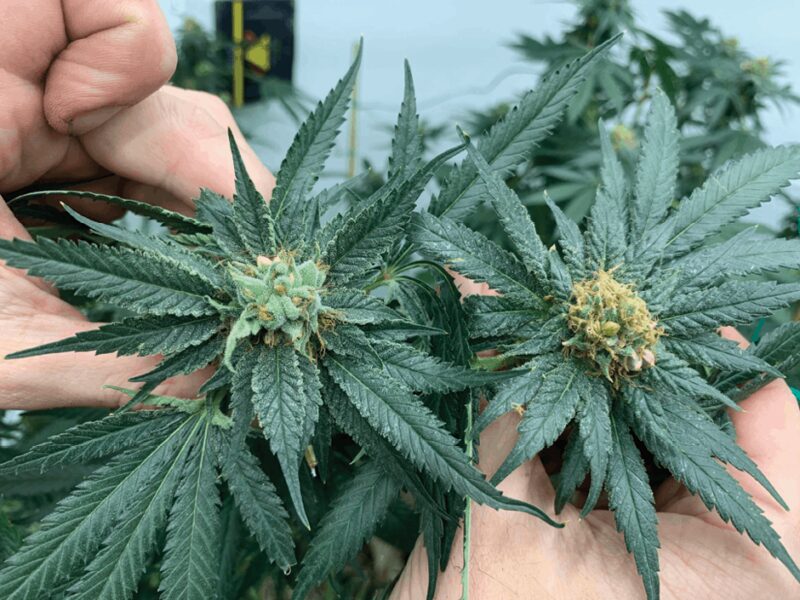
One of the most significant challenges faced by cannabis cultivators is the persistent threat of pests and diseases. Prevention, in this context, isn’t just better than cure; it’s often the only acceptable approach for those dedicated to crafting cannabis. An outbreak can compromise an entire crop, leading to economic losses and jeopardizing the reputation of the grower. Organic pest control, which shuns the use of potentially harmful chemicals, is particularly favored in craft cannabis circles. Introducing beneficial insects, like ladybugs and predatory mites, can serve as an effective countermeasure against harmful pests.
Pruning and Training Techniques
To sculpt a masterpiece, one often needs to chip away the excess, and the same holds true for cultivating exceptional cannabis. Pruning and training techniques are employed to optimize plant growth, ensuring that each plant reaches its full potential in terms of yield and quality. Techniques such as ‘topping’, where the main stem’s tip is removed to encourage the growth of two main colas, or ‘LST (Low-Stress Training)’, where branches are gently bent to receive optimal light, can greatly enhance a plant’s productivity. These methods not only improve overall yields but also influence the potency and flavor profile of the cannabis.
Flowering and Harvesting
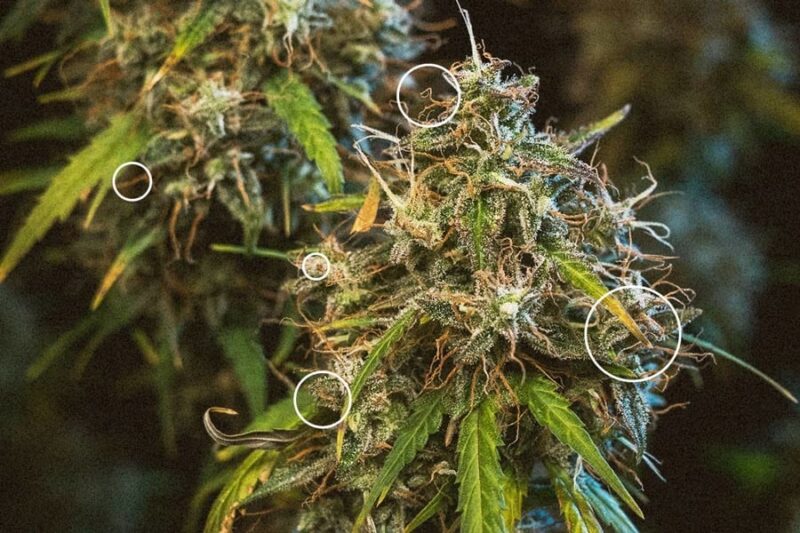
The flowering stage is the crescendo in the life cycle of a cannabis plant. It’s during this phase that the plant’s true potential unfolds, revealing dense buds packed with cannabinoids and terpenes. Timing is everything. Harvest too early, and you risk compromising potency; too late, and the effects might veer more towards sedation. Once harvested, the art doesn’t stop. Drying and curing, when done correctly, can elevate the strain’s flavor and potency to new heights. This phase, often underestimated, is where the complexities of the strain are either showcased or lost.
Testing and Quality Control
In the world of craft cannabis, every step is vital, and ensuring the final product’s quality is no exception. Testing labs play an instrumental role, in analyzing everything from cannabinoid content to potential contaminants. These tests reveal the cannabinoid and terpene profiles, allowing consumers to understand the product’s potential effects better. But it’s not just about the end product. Quality control must be a constant throughout the cultivation process, ensuring that each stage is executed to perfection.
Branding and Marketing

Craft cannabis, much like any artisanal product, has a story to tell. Branding isn’t just about a logo or a catchy tagline; it’s about encapsulating the essence, passion, and dedication that goes into crafting each strain. The market for premium strains is discerning, and telling the story behind each strain, from its genetic lineage to the grower’s philosophy, can resonate deeply with this audience. Effective marketing strategies not only showcase the product but also educate the consumer, building a bridge of trust and appreciation.
Conclusion
The world of craft cannabis is intricate, layered, and profoundly rewarding. From understanding the nuanced world of genetics to mastering the art of branding, every step is crucial in the journey of cultivating premium strains. As the industry evolves, those dedicated to the craft, continually refining their techniques and approaches, will set the gold standard. For the discerning consumer and the passionate grower, the world of craft cannabis offers endless possibilities.

